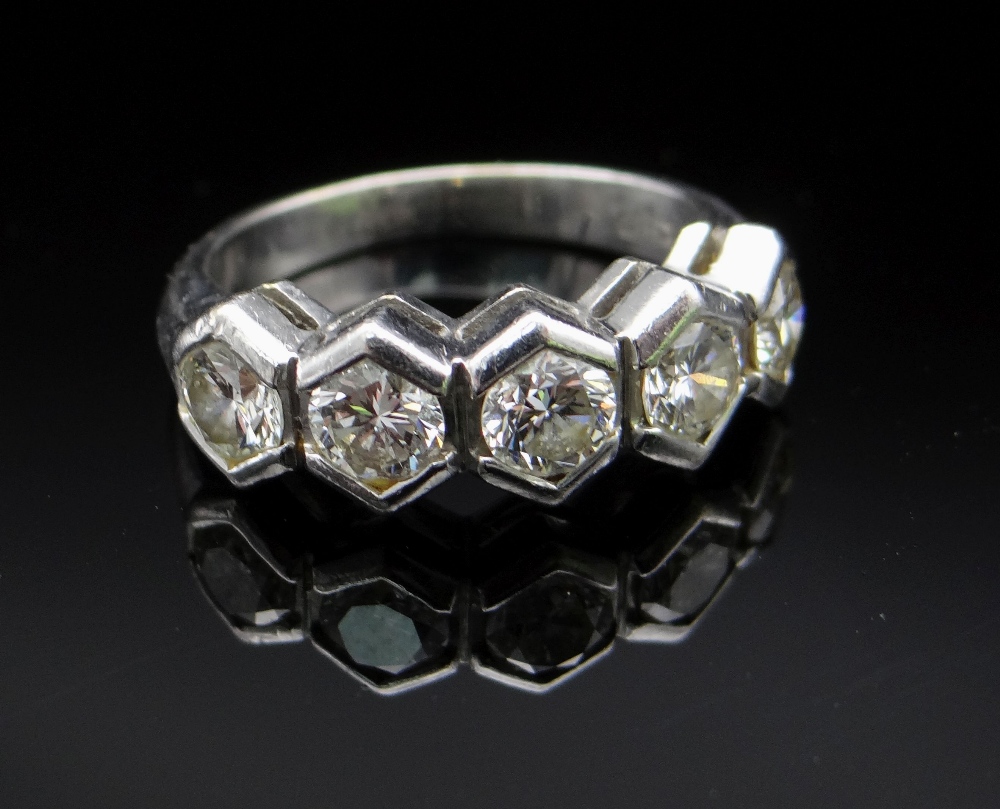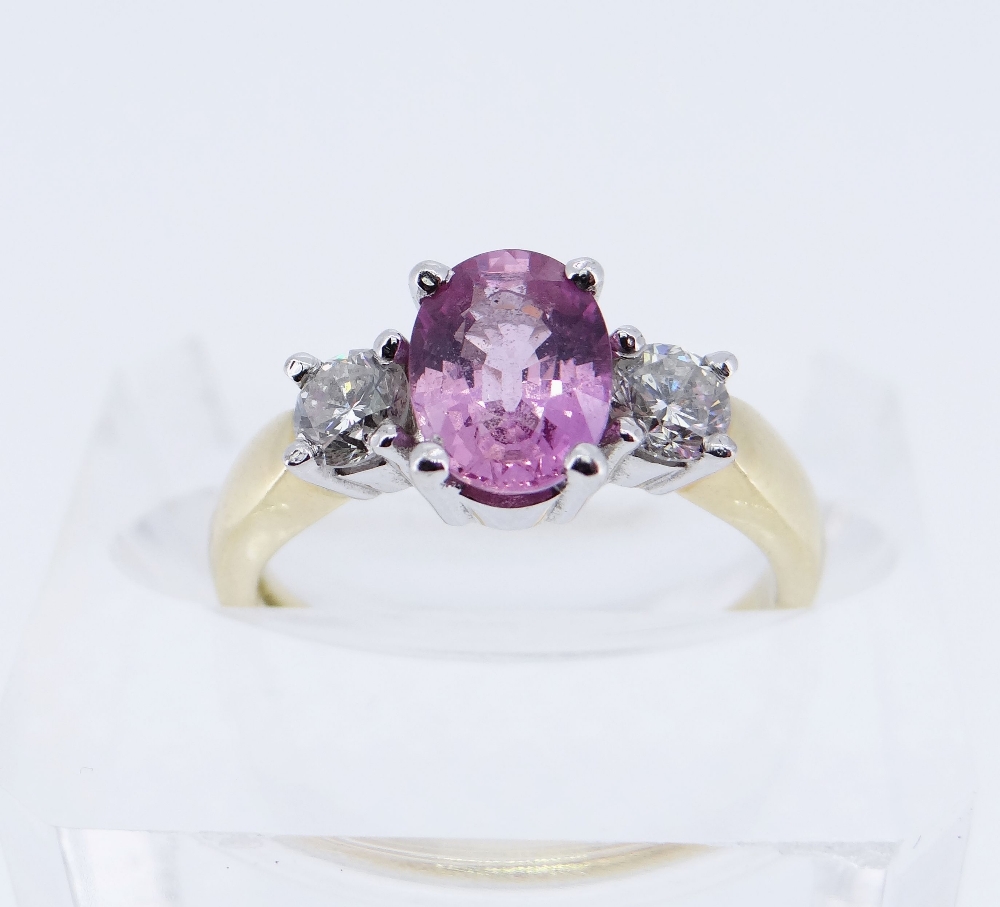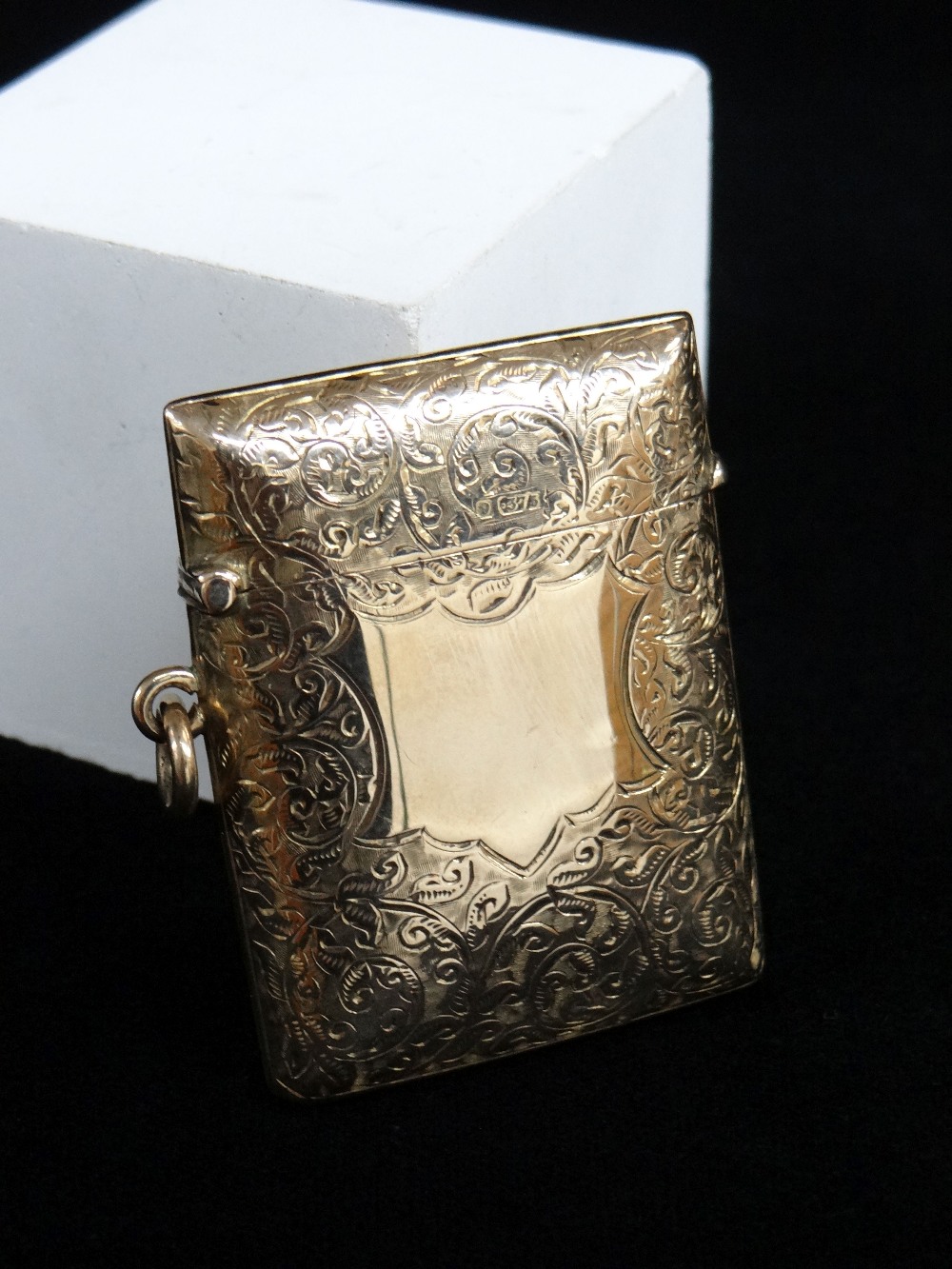RARE STAFFORDSHIRE 'DANDY-HORSE' & 'ACCELERATOR' CANARY YELLOW PRINTED JUG, c.1820, foliate painted neck above titled scenes 'A Visit From Richmond to Carlton House' depicting a lady and gentleman riding a dandy-horse and 'The Lady's Accelerator' depicting a lady driving a Pilentum or accelerator (horseless buggy), pink lustre rim, 13.5 cms h. Provenance: Private collection (West Wales) Auctioneer's Note: For camparisons, see Bonhams 10.8.07 lot 115 and Pitt Rivers Museum no. 1897.69.8 for similaryly printed nursery plates. Alison Petch writes: The image on the plate refers to George Augustus Frederick of Hanover, (1762-1830), known as the Prince Regent and later George IV, whose residence was Carlton House until 1820 when he ascended the throne. He is the best known resident in the house and the timescale fits (dandy horses were popular just before 1820 when he was Prince Regent and still resident in Carlton House). The Prince Regent was probably the ultimate dandy of the time. Carlton House was an opulent residence, which could be called a palace when the Price Regent was living there so lavish was its decoration. The house was demolished in 1825 and replaced by Carlton House Terrace. The reference to Richmond refers to Maria Anne Fitzherbert (1756-1837). She was married to the future George IV in 1785 (her third marriage), but this marriage was considered invalid under the Royal Marriages Act of 1772 because it had not been approved by George III, his father. In any case, it would not have been possible to marry as she was a Roman Catholic. The relationship lasted until 1811. Maria Fitzherbert was known as the Sweet Lass of Richmond Hill. The jug is therefore a light-hearted political commentary about the scandal of their marriage and on-going relationship. The dandy horse may have been specifically chosen, not only to link George IV and Maria Fitzherbert on the same machine, but also because its name was synonymous with the high living of the early nineteenth century, which the Prince Regent epitomised. Comments: small chip to side of spout, hairline to neck beside handle, lustre slightly worn, some scattered enamel chips.
RARE STAFFORDSHIRE 'DANDY-HORSE' & 'ACCELERATOR' CANARY YELLOW PRINTED JUG, c.1820, foliate painted neck above titled scenes 'A Visit From Richmond to Carlton House' depicting a lady and gentleman riding a dandy-horse and 'The Lady's Accelerator' depicting a lady driving a Pilentum or accelerator (horseless buggy), pink lustre rim, 13.5 cms h. Provenance: Private collection (West Wales) Auctioneer's Note: For camparisons, see Bonhams 10.8.07 lot 115 and Pitt Rivers Museum no. 1897.69.8 for similaryly printed nursery plates. Alison Petch writes: The image on the plate refers to George Augustus Frederick of Hanover, (1762-1830), known as the Prince Regent and later George IV, whose residence was Carlton House until 1820 when he ascended the throne. He is the best known resident in the house and the timescale fits (dandy horses were popular just before 1820 when he was Prince Regent and still resident in Carlton House). The Prince Regent was probably the ultimate dandy of the time. Carlton House was an opulent residence, which could be called a palace when the Price Regent was living there so lavish was its decoration. The house was demolished in 1825 and replaced by Carlton House Terrace. The reference to Richmond refers to Maria Anne Fitzherbert (1756-1837). She was married to the future George IV in 1785 (her third marriage), but this marriage was considered invalid under the Royal Marriages Act of 1772 because it had not been approved by George III, his father. In any case, it would not have been possible to marry as she was a Roman Catholic. The relationship lasted until 1811. Maria Fitzherbert was known as the Sweet Lass of Richmond Hill. The jug is therefore a light-hearted political commentary about the scandal of their marriage and on-going relationship. The dandy horse may have been specifically chosen, not only to link George IV and Maria Fitzherbert on the same machine, but also because its name was synonymous with the high living of the early nineteenth century, which the Prince Regent epitomised. Comments: small chip to side of spout, hairline to neck beside handle, lustre slightly worn, some scattered enamel chips.















Testen Sie LotSearch und seine Premium-Features 7 Tage - ohne Kosten!
Lassen Sie sich automatisch über neue Objekte in kommenden Auktionen benachrichtigen.
Suchauftrag anlegen